The Fault in our Stars (2014)
Directed by: Josh Boone
Written by: Michael H. Weber, Scott Neustadter
Starring: Ansel Elgort, Laura Dern, Nat Wolff, Shailene Woodley, Willem Dafoe
Based on the incredibly popular novel by John Greene The Fault in our Stars is the love story of two teenagers with cancer. Hazel (Shailene Woodley) is battling terminal cancer. At a cancer support meeting she meets the cancer survivor Augustus (Ansel Elgort) who has lost one of his legs to the disease. They strike up a relationship and fall in love.
The Fault in our Stars has done well in its lead stars who believably portray their characters and create a loving and often touching relationship. Their relationship feels real, from their initial meeting where Augustus stares at Hazel during a cancer support group which oddly has shades of Michael Fassbender in the beginning of Shame,to the moment when they do fall in love, as the blossoming of their love and their joint experience is allowed to play out. Theirs is the heart of the film and its real thrust. They allow the film to roll through its two hour running time without it ever really dragging. It is this relationship that lets the film hit its emotional beats and does manage to pull an effect from you. They are characters that you are happy to spend time with and two you can root for, for the duration. Elgort’s Augustus is easy to like, a laidback lovable and handsome love interest, though for much of the duration he can feel a little too perfect, created exactly to win your heart and his character only really fully forms in the final act of the film. Woodley’s Hazel comes off better from the start, it is undoubtedly her film and her acceptance of her illness and her personality allows the audience to be drawn in and for the film to have a realistic emotional weight from the beginning.
The films main weakness is its status as a heartfelt tearjerker. It has the feeling of being a bit like a higher class version of a Nicholas Sparks film, a touching romance tinged with tragedy. From the opening scenes, and even from the synopsis, you can guess that tragedy is going to occur so it feels a little like the relationship is being built up to such an extent that the fallout will feel that much more potent. Seemingly this is a conceit that has worked for many, the screening room I was in was littered with the sounds of crying for the last twenty minutes of the film, but for me it is perhaps a slightly hollowed emotion. Occasionally the film piles on the romance too thickly, such as in the misjudged Anne Frank house scene, and it is sometimes not hard to feel cynical, especially at lines like ‘we’ve bottled all the stars for you’. It feels a little too much like it is striving for an epic romance, to create something perfect. It occasionally smothers the relationship, trying to create an enduring filmic romance that takes away from the grounded reality elsewhere in the film. In the end the film is possibly trying too hard to give itself a weight about enjoying life and not taking things for granted. This sort of thing should be inferred rather than forced at you.
However, when the film tackles content that feels more real, the emotions and experiences of a terminal cancer patient, rather than the fantasised and a little over the top romantic sections, then it rings more true and these scenes have more resonance and help root the characters in a true reality. It is this that raises the film just above the usual run of the mill tragic romance stories.
The Fault in Our Stars has two strong performances from its main leads that make for an effective central relationship. It works best in its realistic portrayal of cancer and those it affects and less well when the romance syrup is poured on it. It is destined to be a weepy classic and your enjoyment will depends on whether you get swept up in it and can turn off your cynicism.
Rating: 










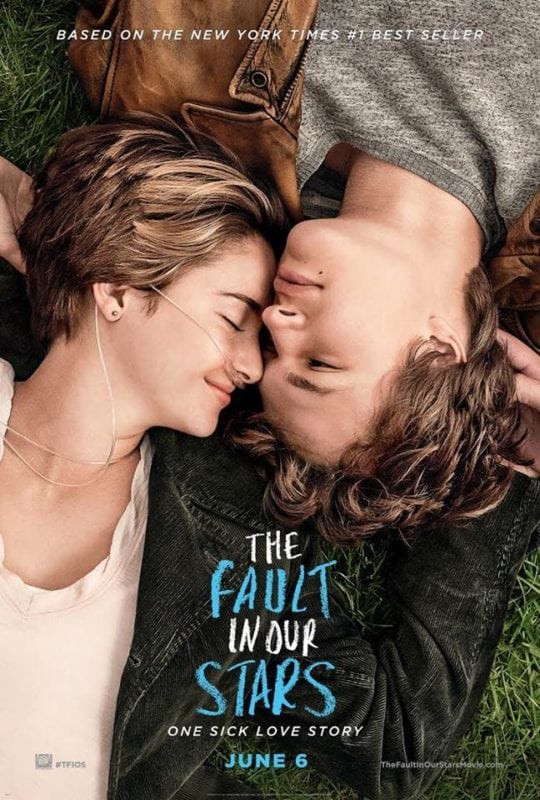
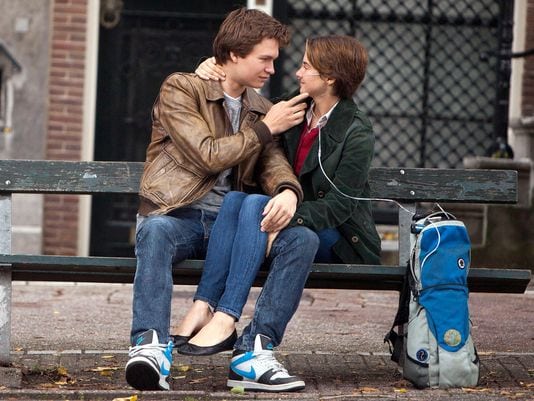
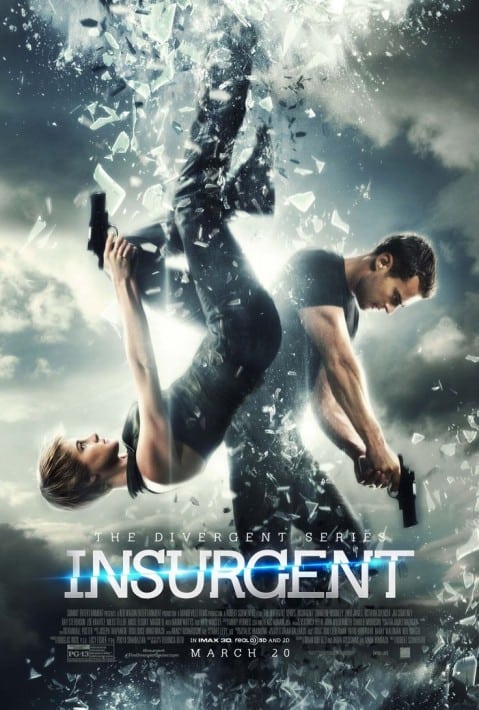
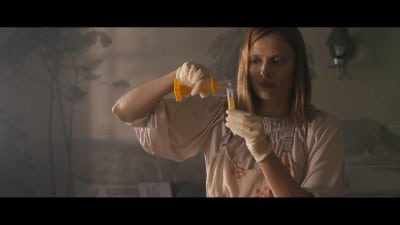
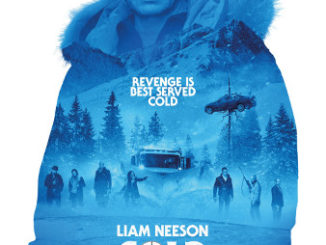
Be the first to comment